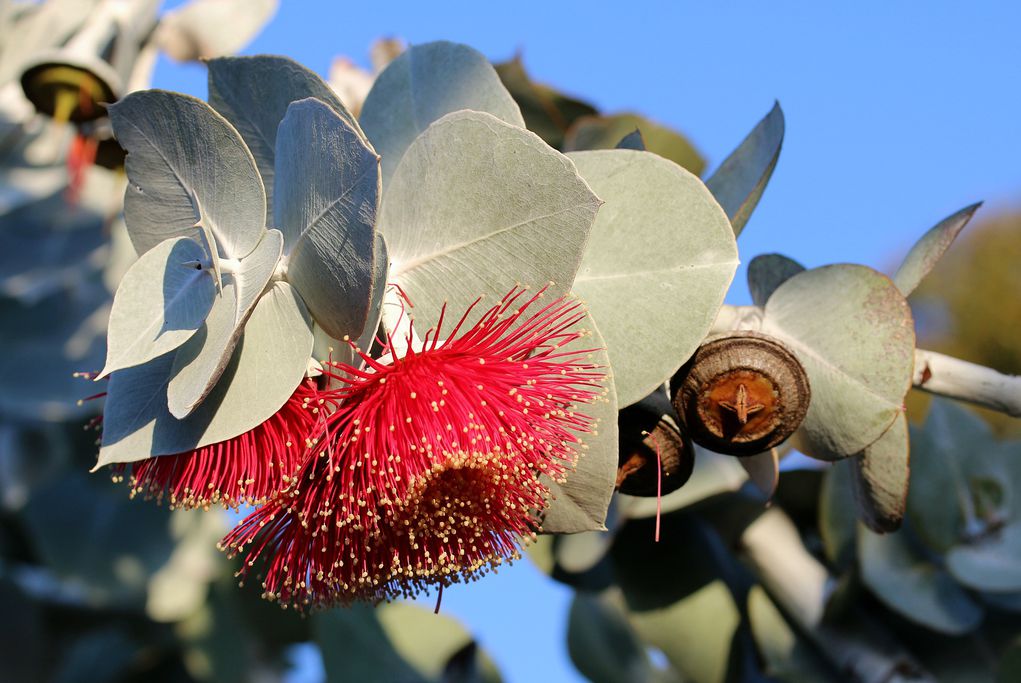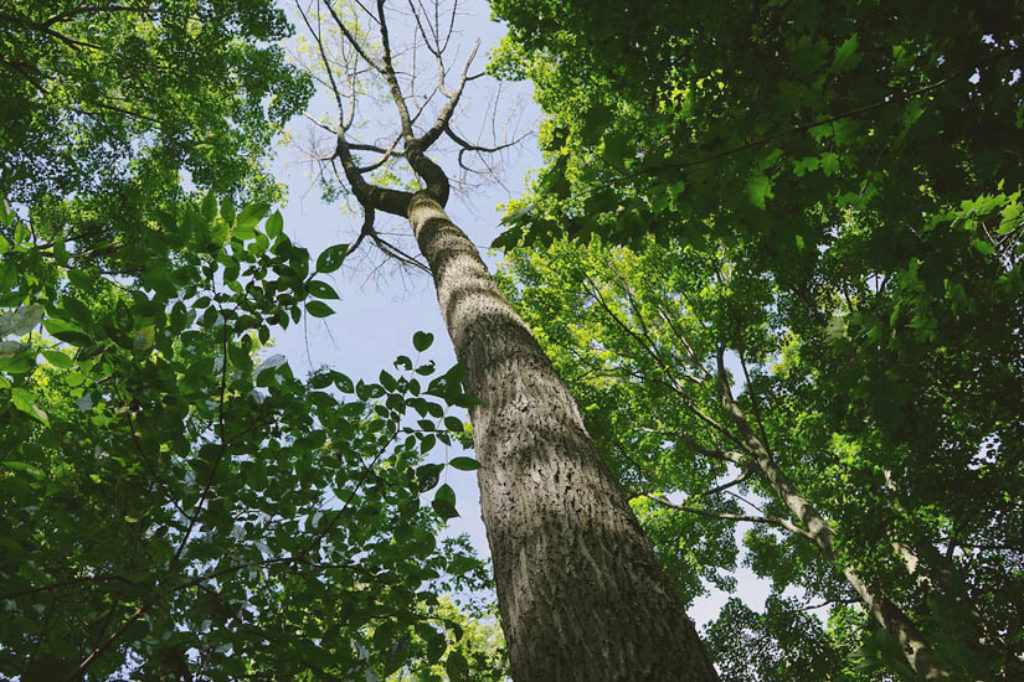Stakeholders deliberate integrated policy approach for invasive species management in India
Invasive species management in India Invasive alien species (IAS) are globally recognised to cause serious economic and environmental damage. IAS pose one of the most significant threats to conservation and biodiversity due to their impact on native species in ecosystems. Such as: biodiversity and habitat loss, ecosystem destruction, increased vulnerability to forest fires, change in…
Sentinel trees: an early warning system for new invasive threats
With increased levels of human development, transportation and changing climates, we are seeing greater instances of invasive species introduction and spread across all continents. Such invasive species can cause significant ecological and economical impacts in targeted areas, for example the elm bark beetle (Hylurgopinus rufipes) which spread across Europe from North American log transports and…
European ash trees resist devastating insect pest
Ash trees may be more prepared to face invasive threats than previously realised. The European ash (Fraxinus excelsior) is a common site in towns, forests and parkland across the United Kingdom. Since the 1990s, ash trees across Europe have been devastated by ash dieback, a disease caused by the fungal pathogen (Hymenoscyphus fraxineus), which has…





